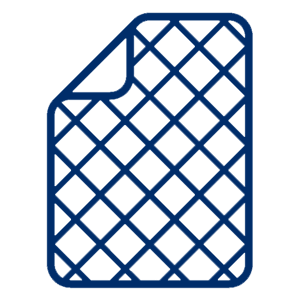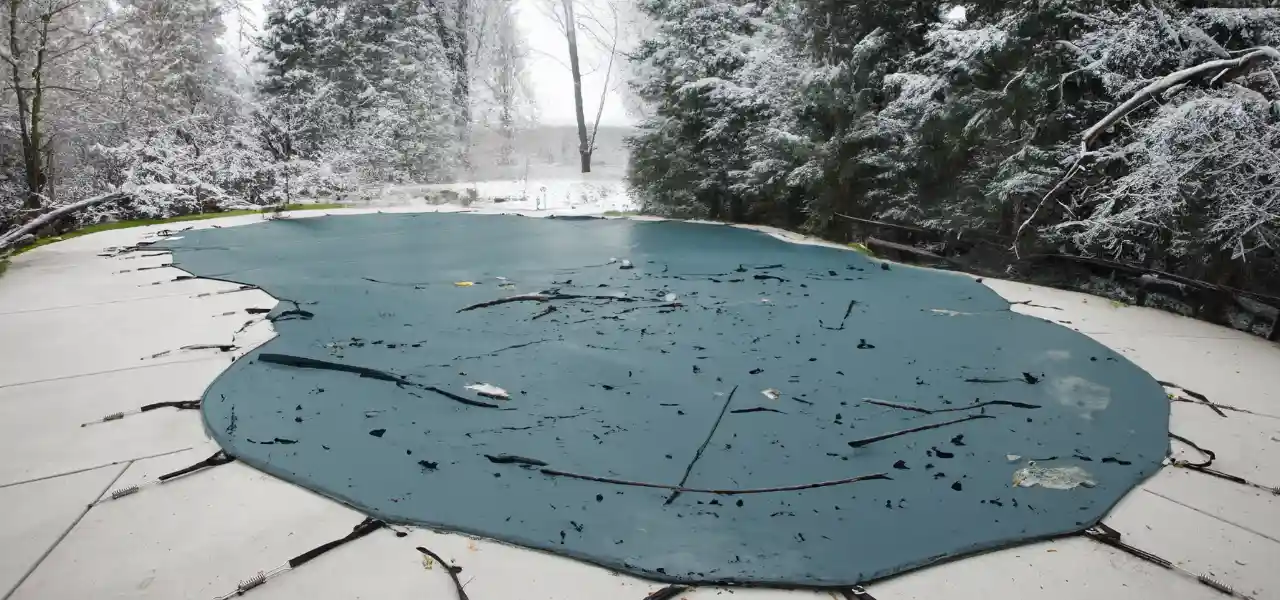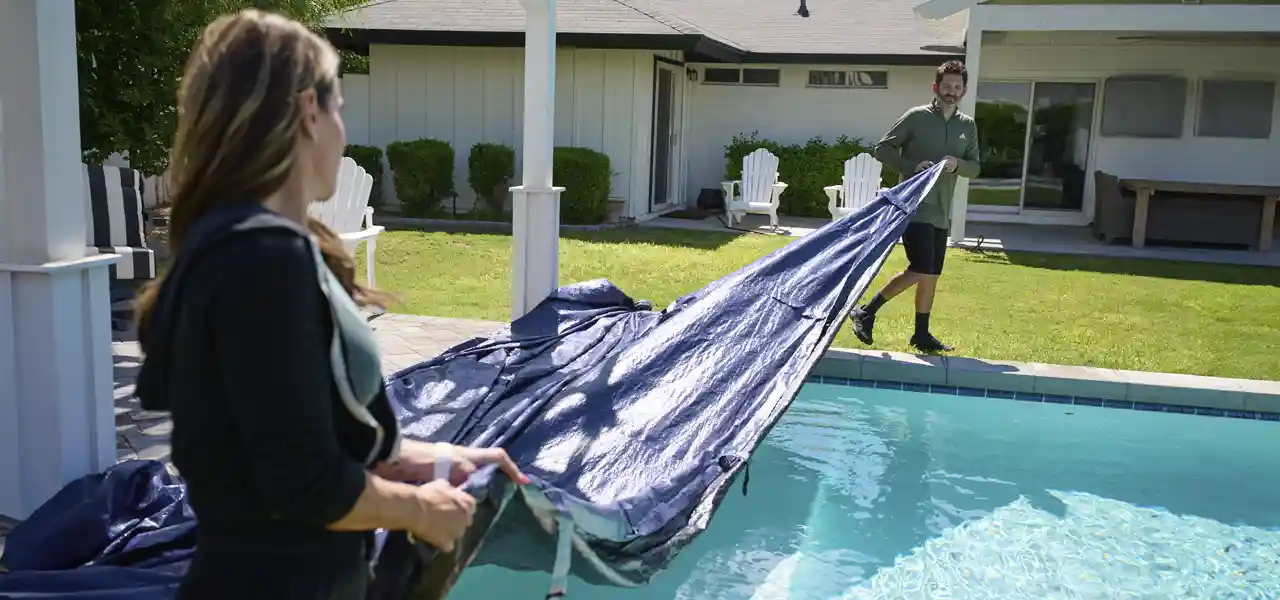
Closing a pool for winter is one of the most important aspects of pool ownership. Little mistakes here and there can bring on BIG problems come springtime. Destroyed winter covers, expensive plumbing and equipment repairs, hard-to-clean pool scale and/or stains, the need for extra sanitizing chemicals and a prolonged pool opening period are just some of the things that can happen if the pool isn’t closed properly. But not to worry! We’ve gathered some of the best tips in the business to help your pool stay clean, clear and damage-free after closing.
1. Don’t Close the Pool Too Early
Pool season generally runs from late April through early September, with many people closing their pools after Labor Day. That is, of course, unless you extend swimming season with a pool heater, or even better, if you live in warm temperatures year-round! Closing the pool too soon can create a “perfect storm” for algae growth, no matter how clean the pool was when you closed it. Algae thrives in warm, stagnant water, so your winter chemicals will get used up very quickly trying to fight it off. Wait until the water temperatures are consistently below 65 degrees Fahrenheit, but winterize the pool before temperatures dip below freezing overnight.
2. Start Closing the Pool a Week in Advance
Once you’ve picked a date for your official pool closing day, it’s time to start the prep work! Throughout the entire closing process, keep the pump and filter running to make sure the water is as clean as possible. In fact, many pool professionals recommend running the pump 24/7 for a few days leading up to closing, in addition to regular brushing, vacuuming and skimming. About a week before you close the pool, test the water and make sure it’s properly balanced and sanitized:
- pH: 7.2-7.6
- Alkalinity: 80-120 ppm
- Calcium hardness: 200-400 ppm
- Free chlorine: 1-3 ppm
A few days later, shock the pool. Wait and let the chlorine reading drop back down into the normal range of 1-3 ppm before adding other winter chemicals. Otherwise, chemicals like winter algaecide will be broken down and you’ll need to purchase more. An easy way to make sure you have all the right winterizing chemicals is to purchase a winter kit, which removes a lot of the guesswork from closing a pool. All of the pool closing kits at In The Swim are chlorine-free winterizing kits that won’t bleach your vinyl liner or damage plaster surfaces over the course of the winter.
3. Clean All Equipment While Winterizing
This one’s pretty simple. Don’t put off cleaning your pool equipment until spring. Not only will this make opening the pool much easier, but you’ll also prevent chemical corrosion and/or dirt and scale buildup inside your equipment. Pool filters, pumps, heaters, salt chlorinators, automatic chlorinators, pool cleaners and solar covers should all be thoroughly cleaned before pool closing is finished. For filters, backwash or remove the cartridges/grids, and use a filter cleaning product to remove oils and calcium scale from the filter media. It’s also a good idea to lubricate the o-rings for all equipment while you’re cleaning everything. If possible, store pool equipment indoors to protect it from harsh winter conditions. Remember to turn off all pool power circuits for the winter!
4. Don’t Forget the Sequestering Agent
If you have particularly hard water or there are metals in the water, add a stain and scale inhibitor before putting the cover over the pool. Algae isn’t the only thing that can discolor pool surfaces, and keeping metals and calcium in suspension can save you from strenuous surface cleaning in the spring. Pool closing kits usually include some type of sequestering agent, such as the WinterPill by AquaPill. WinterPill is a slow-release enzyme, clarifier, scale inhibitor and stain preventer all in one. It’s offered with some winterizing kits or can be purchased on its own.
5. Keep the Cover Clear of Water and Debris

No matter what type of pool cover you’re using – tarp, mesh, or hybrid winter covers, channel lock covers or safety covers – regularly remove leaves, twigs and other debris from the cover, especially before getting rain or snow. Wet leaves can create a “teabag effect” with mesh covers, letting swampy, dirty water slowly seep into your pool. Sharp and pointy twigs will increase the chances of cover damage with any cover, and consequently, dirty water and debris may fall into the pool. The best thing to do for leaves and debris is to carefully sweep them off, or use a ShopVac or blower. You can also suspend a leaf net above a tarp style or channel lock winter cover to manage leaf problems in the fall.
If you own a solid winter cover that doesn’t allow water to pass through, you should also invest in a pool cover pump to get rid of accumulated water. Excess water on a cover can damage the straps and edges, and the extra weight can cause it to fall into the pool.
6. Check the Water Occasionally

Although the amount of weekly pool maintenance reduces drastically after closing, you’ll still need to check on the pool every now and then. Check the water level once a month to make sure it doesn’t fall too low. Undetected pool leaks can wreak havoc on a pool in winter, whether it’s pool walls cracking, or whether it’s winter covers caving in from lack of support.
If autumn was warmer or wetter than anticipated, you may also need to add more chemicals to recharge the pool. Add a bit of liquid chlorine and/or algaecide (not at the same time), then use a pool brush to help agitate and circulate the water. Included with all of our winter pool kits, you can also use a non-chlorine oxidizer instead. If needed, check water balance and add your last-minute recharging chemicals before freezing weather sets in. Check water balance again when temperatures start to rise in the spring and the water starts thawing out. Using a slow release chemical floater will help keep sanitizer levels up during the off-season. However, if using chlorine in the floater, check to make sure it doesn’t freeze in place next to the wall. If it does, the chlorine can damage or discolor your vinyl liner and etch away at plaster surfaces.





You really should discuss what should be does with Filter and pumps!!
Thanks Ken, for the filter and pump, they should both be drained. The pump usually has two drain plugs and the filter has one. For a DE filter, remove the grid assembly and clean it thoroughly, then replace inside of the tank. Same with cartridge filters. Sand filters can get a nice long backwash of 10-15 mins. if possible, before draining. For the multiport valve, place it in a position between two positions, or on the Winterize position (Jacuzzi filters), so that the rotor is raised up slightly. For a filter Slide Valve, leave the valve in the position between up and down, halfway in the middle. Most pumps and filters do not need air blown thru them, they will usually drain out completely, but if blowing the lines, certainly blow air thru them both.